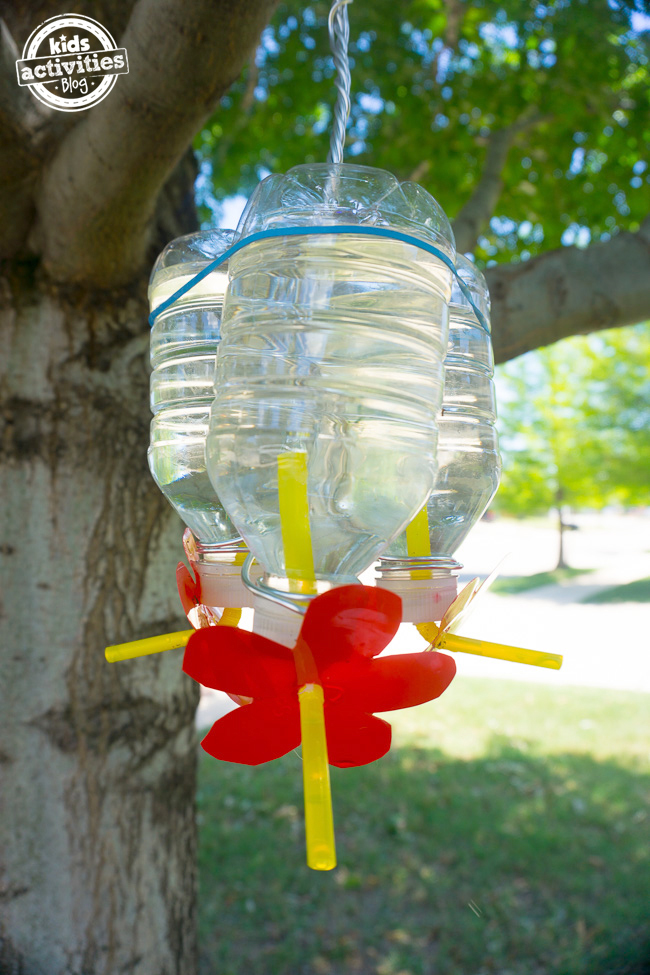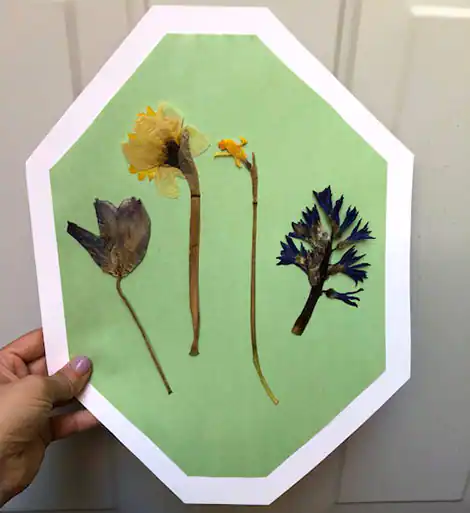5 Fun Flower Crafts for Spring
May 26, 2022
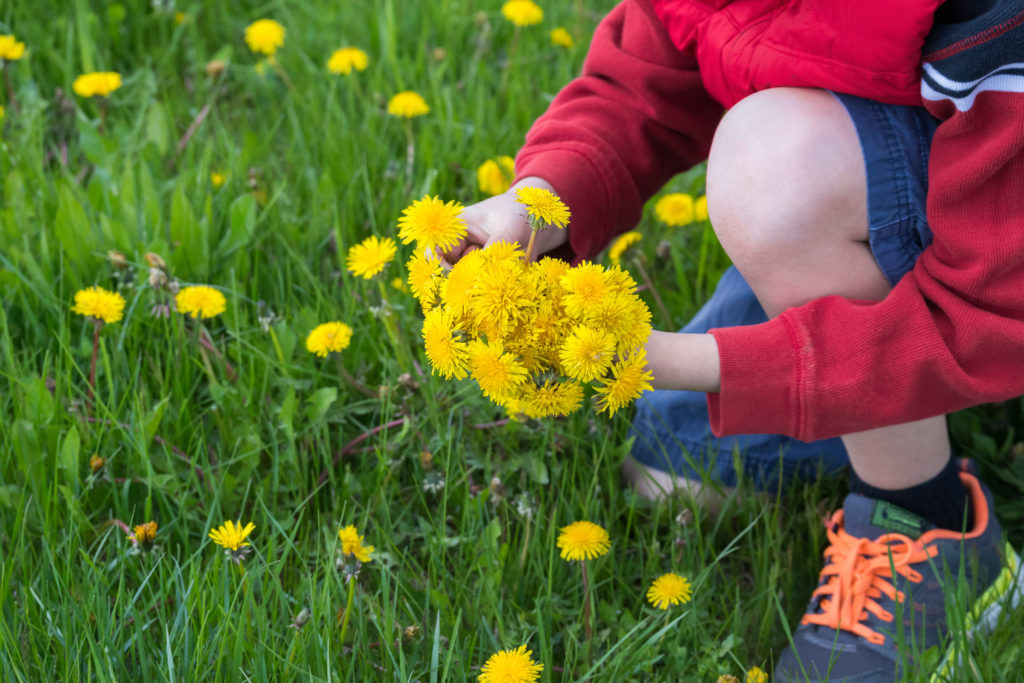
The birds are chirping, the sun is shining, Maine is bursting with bright green leaves and foliage—yes, spring is here, and if you take a big, deep breath, you can smell flowers in the air. After a cold, gray winter, the sight—and scent—of spring flowers is enough to make any kid jump for joy when they step outside. Lilacs, lilies of the valley, dandelions, and lupines are just a few of the flowers kids will see here in Maine. Of course, learning how to identify the flowers they see is a great way to incorporate some sneaky science into your child’s outdoor time (check out this blog post for a free printable wildflower activity), but it’s not the only way to learn about and appreciate Maine’s spring bloom. Below we’re sharing five fun flower-based activities, from colorful blooming bracelets to projects that will nurture pollinators, like bees and hummingbirds. These projects aren’t just fun for kids and their parents; they offer a great opportunity to learn about the world around them for fans of nature and science alike.
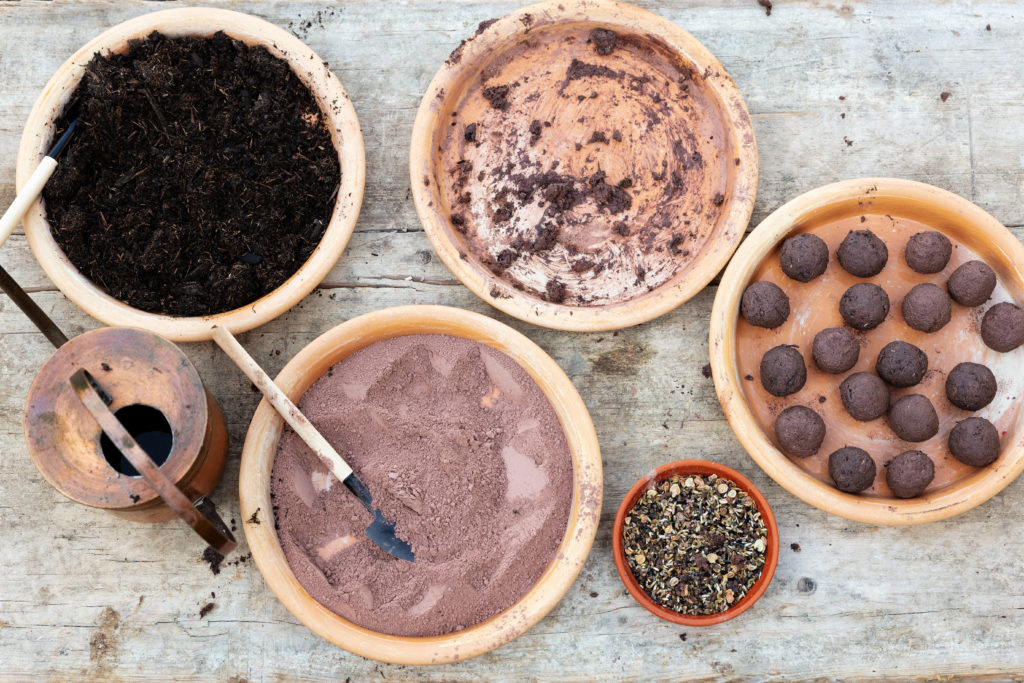
Seed Balls
Seed balls are small balls of clay and soil mixed with seeds native to the area where you live. They can be a great way for kids to learn about native plants and pollinators like birds, insects, and bats (yes, bats are pollinators too!). Making your own seed balls is an engaging and unexpected way for kids to get a little messy and learn about the important plants that grow here in Maine.
To make seed balls, you’ll need natural clay (available at most craft and art supply stores), topsoil, native seeds (ask your local garden store for recommendations or you can also find a list here), a bowl of water, and a work surface that you don’t mind getting a little messy (you may want to cover it with newspapers for easy cleanup). You may also want to wear some clothes you don’t mind getting dirty.
Ready to make your seed balls? Go here for all the steps!
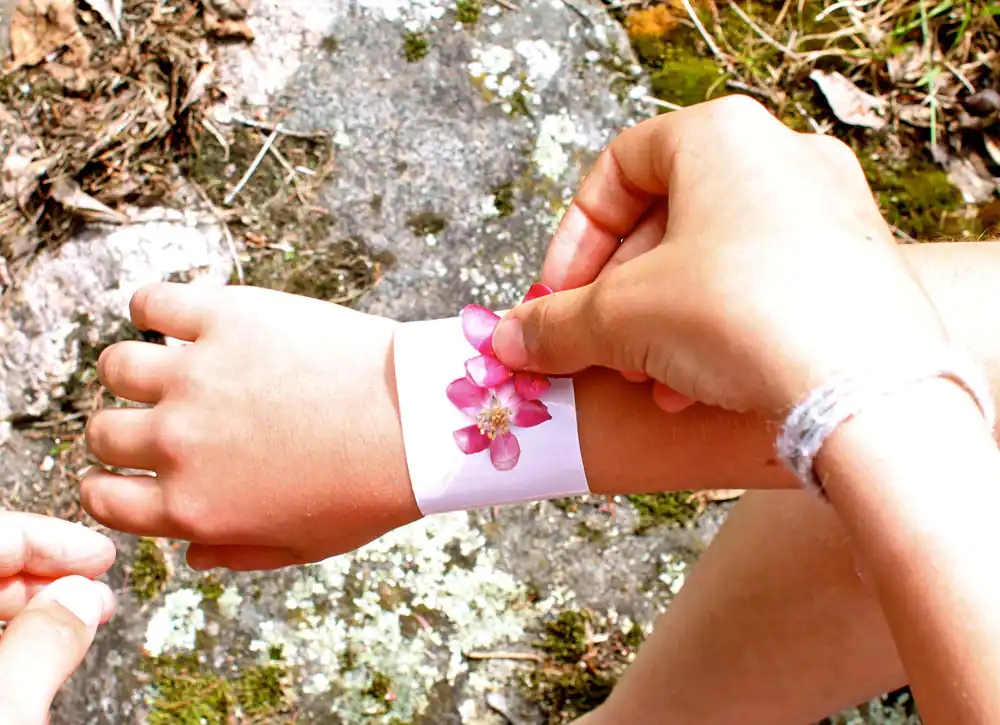
Blossom Bracelets
Blossom bracelets are a fun way for kids to wear their love of spring flowers on their sleeve … or rather, wrist! And the best part is you only need duct tape, scissors, and freshly cut flowers to make them! Blossom bracelets are the perfect craft to make while on a nature walk; kids can place the tape on their wrists before the walk, and add flowers as they go. Consider taking along this wildflower ID chart & coloring page to learn the names of flowers you see along the way.
To make a blossom bracelet you’ll need:
- Scissors
- Duct tape
- Flower blossoms
- Before you head out on your nature walk, cut a length of duct tape to fit your child’s wrist with a little extra length to attach it.
- Place the duct tape sticky side out around your kiddo’s wrist and attach the ends to make a bracelet.
- Now it’s time for your walk! As you find flowers, stick the blossoms to the sticky tape to make colorful bracelets. Flowers like dandelions, apple blossoms, and violets work great.
Go here for more images and information.
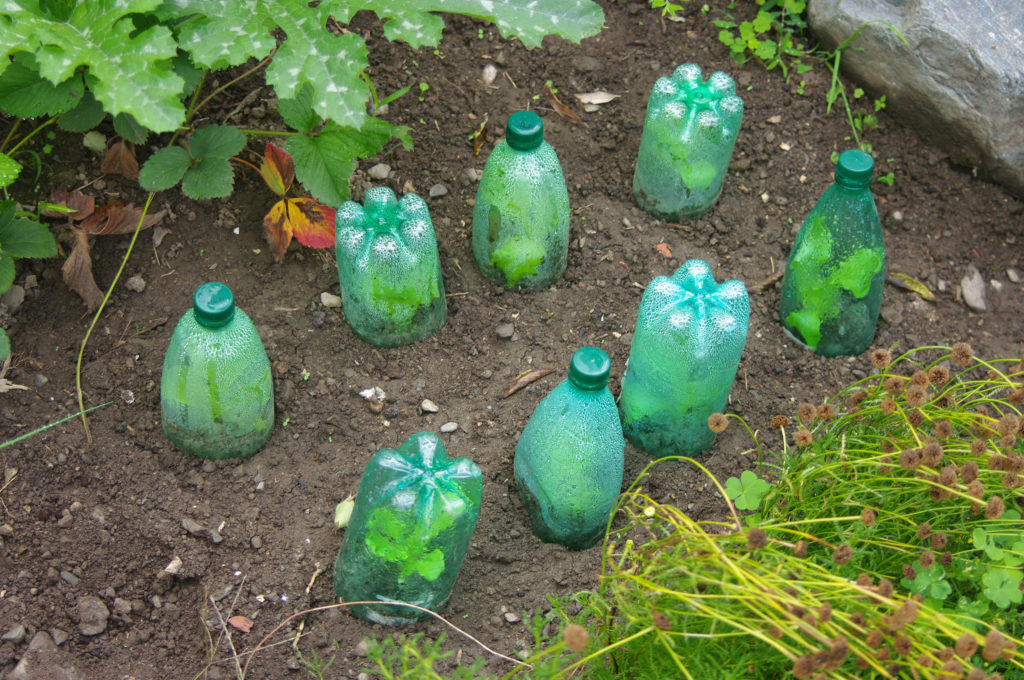
Make a Recycled Garden
It’s gardening season, which offers a great opportunity for kids to learn about where their food comes from, how plants grow, and how to recycle and reuse, all at the same time! Check out our recycled gardening tips for ideas on how to incorporate recycled goods into your gardening routine. Whether you have raised beds, a container garden, or are growing seedlings on your windowsill or in a window box, there are plenty of ideas for reusing common household items for the purpose of gardening, from growing seedlings in egg cartons and eggshells to making mini greenhouses from recycled soda bottles!
DIY Hummingbird Feeder
Did you know hummingbirds can eat about half their body weight in food every day? It takes a lot of energy to power such a tiny bird! Making your own hummingbird feeder and nectar is a great way to welcome more hummingbirds to your yard or garden and observe these zippy birds. Making your own hummingbird feeder at home is a great way to teach kids about recycling and nature at the same time.
Check out this blog post for all the steps to make a DIY hummingbird feeder at home using recycled plastic bottles, straws, and a little creativity. And when you’re ready to feed your hummingbirds, use this recipe to make the best DIY hummingbird nectar (be sure to ONLY use white sugar and water).
DIY Pressed Flowers
Children can preserve the beauty of spring by pressing and drying flowers, and using them to decorate things like cards, bookmarks, and more. You don’t need a fancy flower press, either—you can get the same effect with parchment paper and some heavy books! Keep in mind that flowers don’t dry right away, so you’ll need to wait 2-3 weeks before your pressed flowers are “done”—no peeking!
To make pressed flowers at home you’ll need:
- Flowers (small blossoms work best, like apple blossoms, buttercups, and violets)
- Parchment or wax paper (printer paper can work in a pinch as well)
- Heavy books, or a few books with something heavy to place on top of them
- Printer paper
- Glue
How to make pressed flowers at home:
- Pick some fresh flowers. Just-picked flowers work best, so a garden or nature walk could be a great time to gather some blooms. Keep in mind that small, flat-headed flowers work best. Think daisies, violets, and apple blossoms instead of roses or tulips.
- Place the blossoms between two sheets of parchment paper cut to the size of your book. Then sandwich the parchment paper inside the book and press firmly.
- Place the book that contains the flowers beneath a stack of heavy books or weights and leave it for 2-3 weeks.
- Once your flowers are pressed and dry, you can use glue to attach them to the paper.
Go here for more information and for more ideas on how to use the pressed flowers!

 BACK
BACK
